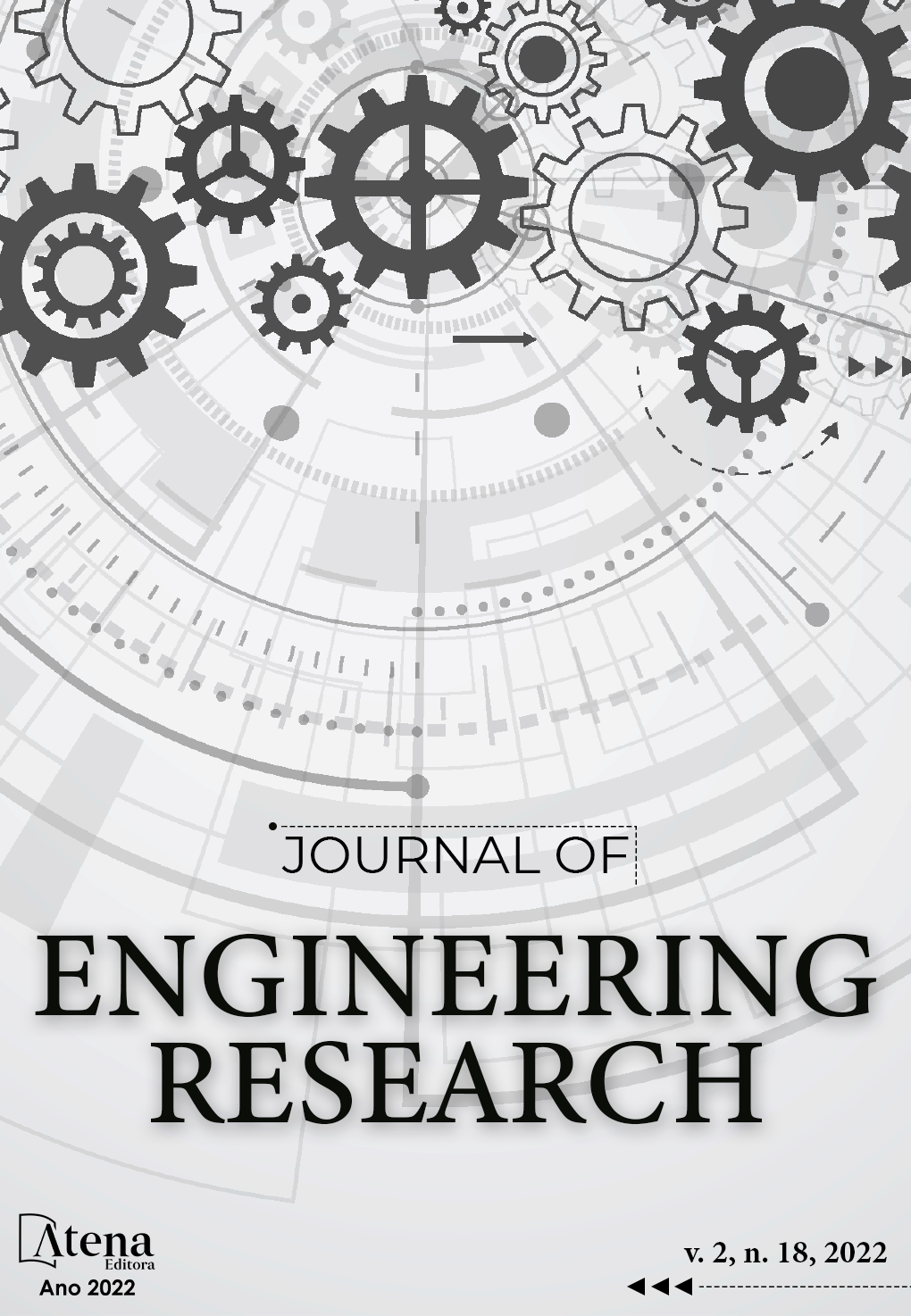
A BRIEF CRITICAL VIEW OF CHEMICAL OXIDATION METHODS FOR THE DETERMINATION OF TOTAL ORGANIC CARBON IN SOIL
The most used methods in routine analysis to determine total organic carbon in soils (SOC) involve chemical oxidation with K2Cr2O7, in a strongly acidic medium. Among them, the Yeomans-Bremner (YB) and Walkley-Black (WB) methods stand out. The disadvantage of these methods is the relatively high amount of Cr(VI) and H2SO4 used, which generates a hazardous residue. In addition, they do not fully oxidize organic carbon. Despite being a stronger and more environmentally friendly alternative as an oxidant, KMnO4 is used only for determining labile carbon fractions, probably due to the parallel reactions that occur with permanganate. Methods using an elemental analyzer (EA) are a reliable alternative to chemical oxidation being a reference method for SOC determination. However, the high costs involved in EA methods limit their use in routine analyses. To reduce costs and ensure reliability, chemical oxidation methods are compared with reference methods to obtain factors that allow for correcting results obtained by chemical oxidation methods. This manuscript aims to present the general characteristics of the most used methods for SOC determination, with a critical view of chemical oxidation methods. Finally, a potentially viable alternative for chemical oxidation analysis with reliable results is presented.
A BRIEF CRITICAL VIEW OF CHEMICAL OXIDATION METHODS FOR THE DETERMINATION OF TOTAL ORGANIC CARBON IN SOIL
-
DOI: 10.22533/at.ed.3172182219085
-
Palavras-chave: organic carbon, Yeomans-Bremner, Walkley-Black, soil, KMnO4, K2Cr2O7
-
Keywords: organic carbon, Yeomans-Bremner, Walkley-Black, soil, KMnO4, K2Cr2O7
-
Abstract:
The most used methods in routine analysis to determine total organic carbon in soils (SOC) involve chemical oxidation with K2Cr2O7, in a strongly acidic medium. Among them, the Yeomans-Bremner (YB) and Walkley-Black (WB) methods stand out. The disadvantage of these methods is the relatively high amount of Cr(VI) and H2SO4 used, which generates a hazardous residue. In addition, they do not fully oxidize organic carbon. Despite being a stronger and more environmentally friendly alternative as an oxidant, KMnO4 is used only for determining labile carbon fractions, probably due to the parallel reactions that occur with permanganate. Methods using an elemental analyzer (EA) are a reliable alternative to chemical oxidation being a reference method for SOC determination. However, the high costs involved in EA methods limit their use in routine analyses. To reduce costs and ensure reliability, chemical oxidation methods are compared with reference methods to obtain factors that allow for correcting results obtained by chemical oxidation methods. This manuscript aims to present the general characteristics of the most used methods for SOC determination, with a critical view of chemical oxidation methods. Finally, a potentially viable alternative for chemical oxidation analysis with reliable results is presented.
-
Número de páginas: 15
- Otavio Raymundo Lã
- Érica Barbosa de Sousa
- Julia Barra Netto-Ferreira
- Cristina Maria Barra
- JOSE GERALDO ROCHA JUNIOR


